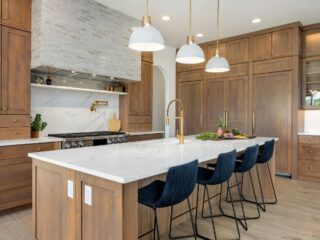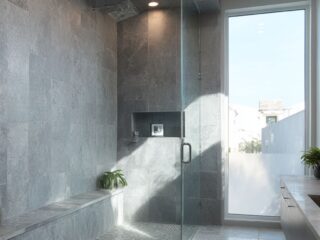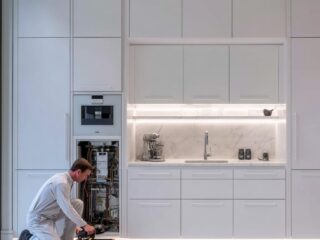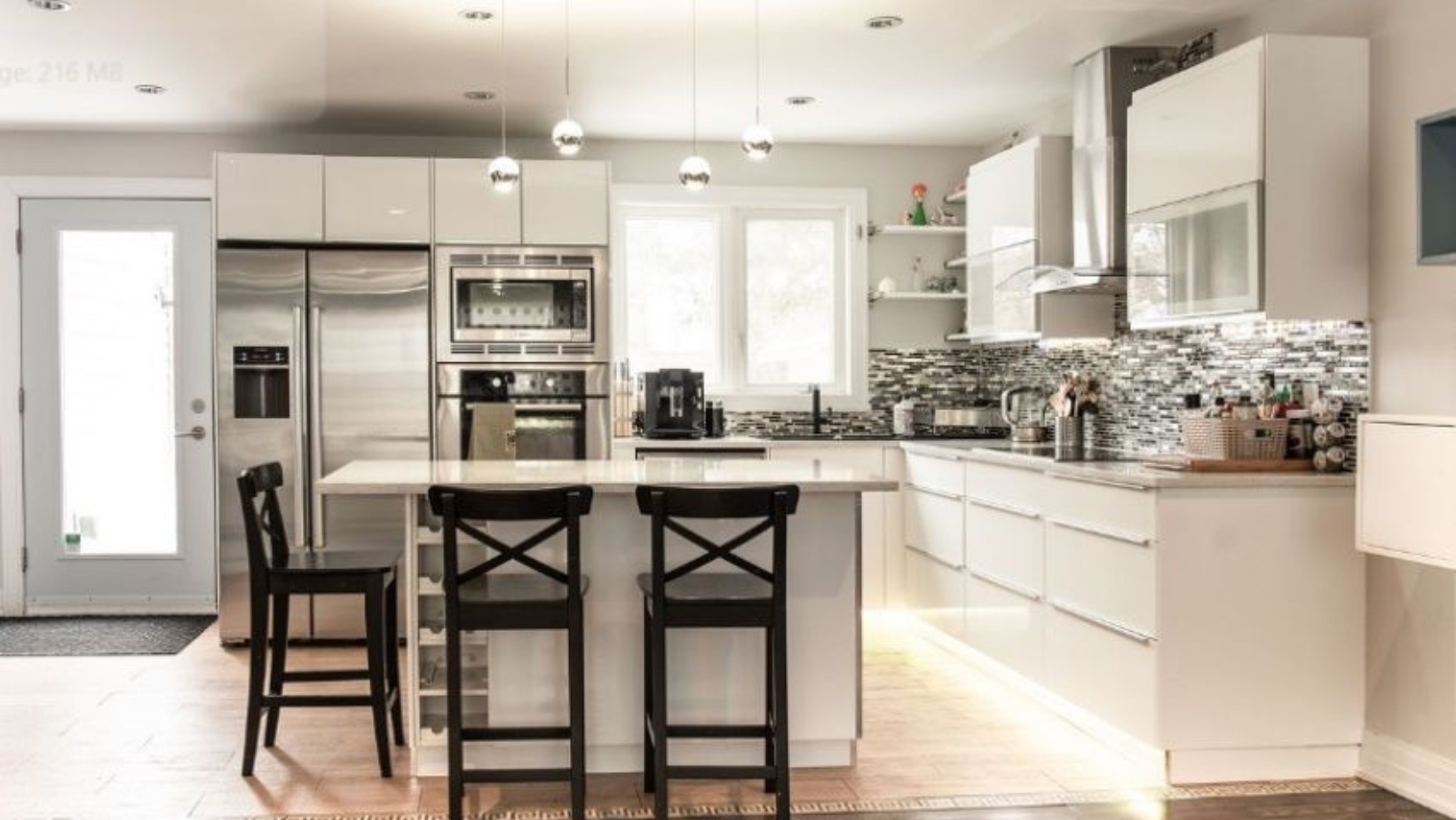
When planning a kitchen renovation, most homeowners focus primarily on aesthetics and functionality. However, there’s another crucial aspect worth considering: designing a space that naturally deters pests. According to the National Pest Management Association, kitchens are ground zero for pest problems in over 60% of American homes. With thoughtful planning, your renovation can create not just a beautiful space but one that discourages unwanted visitors.
Smart Material Selection
Countertops
Choose nonporous materials like quartz, solid surface, or properly sealed granite. These options eliminate the tiny crevices and moisture accumulation that attract pests. When installing, minimize seams and ensure they’re properly sealed to prevent food debris collection.
Flooring
Seamless flooring options like luxury vinyl, sealed concrete, or large-format tile with minimal grout lines eliminate hiding places for pests. Whatever material you choose, ensure proper installation with no gaps between flooring and walls or cabinets.
Cabinetry
Select cabinets with sealed interiors and minimal seams. Frameless (European-style) cabinets typically offer fewer crevices than framed alternatives. Consider incorporating modern laminate kitchen cabinets, which combine sleek design with moisture resistance and easy cleaning—ideal for a pest-deterrent kitchen. Look for plywood construction with sealed edges, which resists moisture better than particleboard, preventing the warping that creates gaps where small roaches can hide.
Pull-out shelving, lazy Susans, and drawer organizers make it easier to access items and spot potential problems before they escalate.
Structural Improvements
Sealing Entry Points
During the renovation, thoroughly seal potential entry areas around:
- Pipe penetrations under sinks
- Utility line entrances
- Gaps around windows and doors
- Vents and exhaust points
- Spaces between cabinets and walls
Use appropriate materials for each job—expanding foam for larger gaps and silicone caulk for smaller cracks.
Moisture Management
Since water attracts most household pests, consider these improvements:
- Install fixtures less prone to leaking
- Add under-sink waterproof liners
- Choose dishwashers with effective drainage and reliable door seals
- Ensure proper ventilation to control humidity
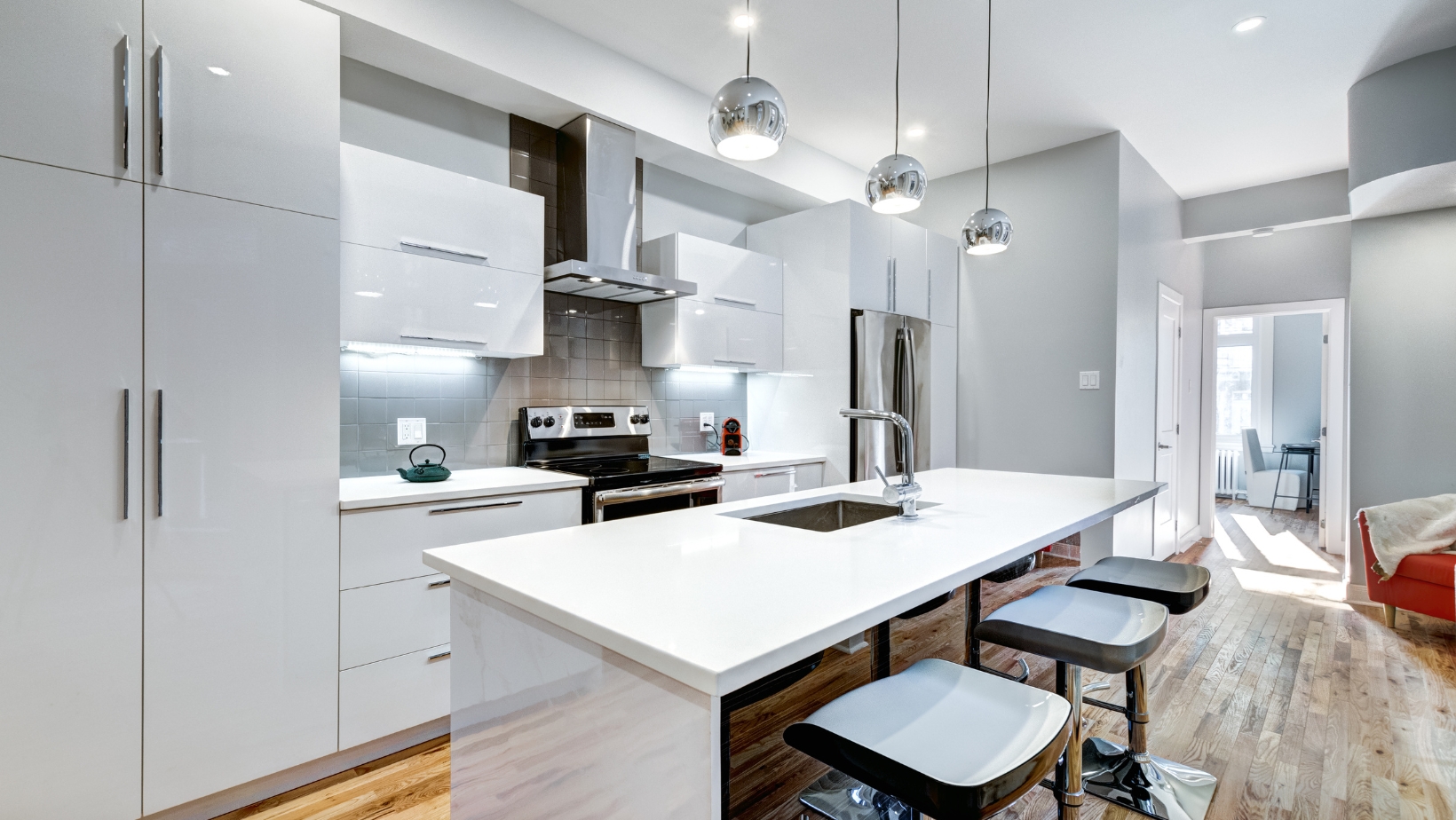
A plumbing inspection during renovation can identify potential issues before they’re hidden behind new fixtures.
Appliance Selection and Installation
When selecting appliances, look for:
- Refrigerators with tight door seals and minimal exterior seams
- Dishwashers with advanced filtration and complete drainage
- Ranges with removable elements and minimal crevices around controls
Proper installation is crucial—ensure appliances are perfectly level with no gaps at the edges. Pair cooking appliances with effective ventilation systems to capture food particles before they settle on surfaces.
Lighting and Visibility
Strategic lighting eliminates the dark corners that pests prefer:
- Under-cabinet LED strips eliminate shadows on work surfaces
- Interior cabinet lighting activates when doors open
- Motion sensors for pantries and under-sink areas
Beyond dedicated fixtures, choose lighter cabinet finishes and reflective surfaces to increase ambient light levels.
Modern Design Elements
Today’s trending kitchen designs naturally support pest prevention:
- Minimalist cabinetry with flat panels
- Floating shelves that eliminate hidden spaces
- Full-height backsplashes that remove seams between the counter and wall
- Cabinet doors extending to the floor, eliminating toe kicks
If you prefer traditional styles, look for modern interpretations that maintain the aesthetic while eliminating hard-to-clean crevices.
Maintenance-Friendly Features
Even the most pest-resistant kitchen requires maintenance. Smart design makes this easier:
- Toe kick drawers that slide out for cleaning beneath cabinets
- Appliances that can be moved for cleaning behind them
- Removable cabinet shelves and drawer inserts
When these features are incorporated during renovation, keeping your kitchen pest-free becomes part of routine maintenance rather than a major project.
Working With Professionals
When interviewing potential contractors:
- Ask specifically about their approach to pest prevention
- Request references from clients whose renovations have remained pest-free
- Consider having a pest control professional consult during the planning
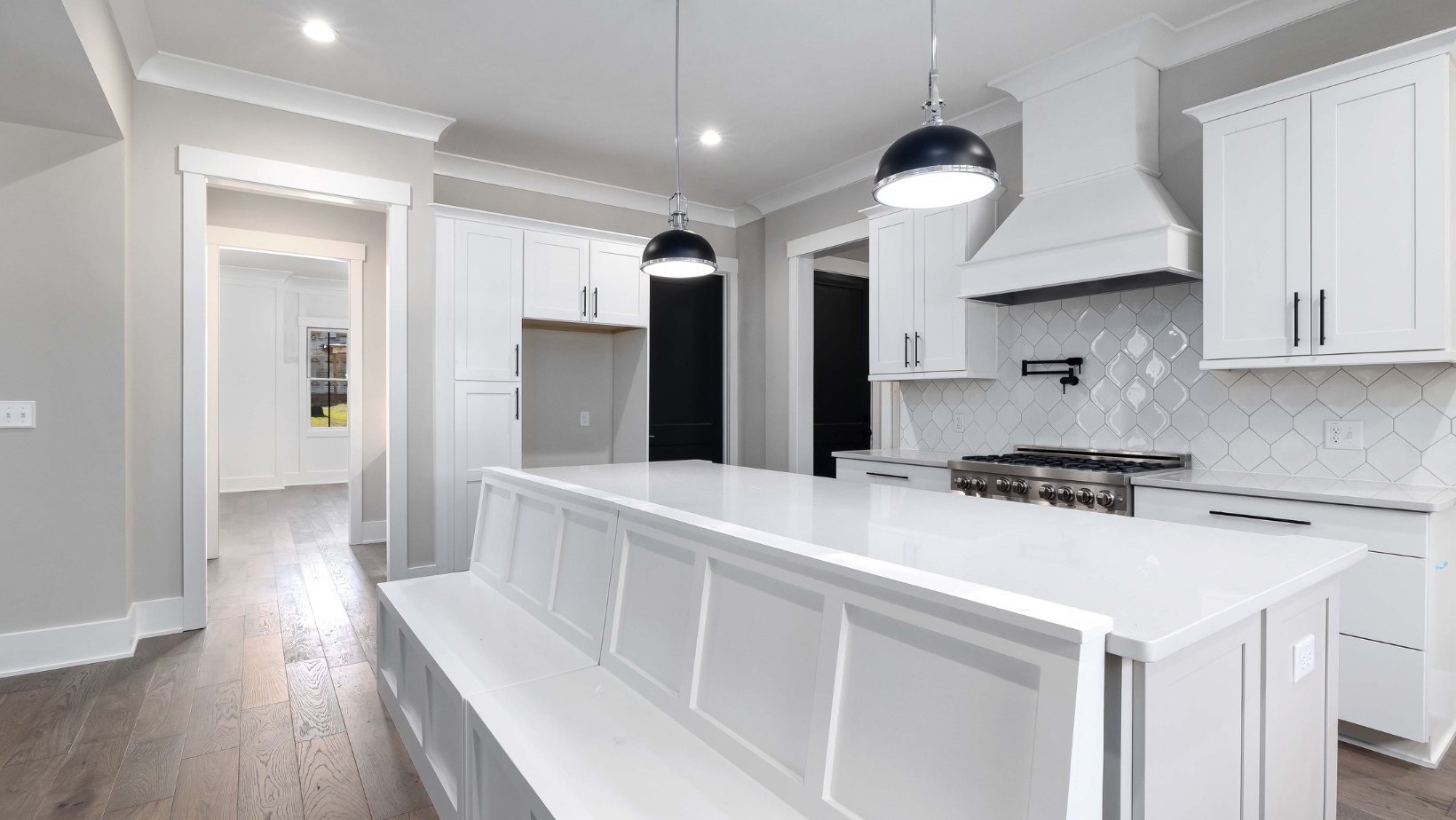
Many contractors focus exclusively on aesthetics, so you may need to specifically request attention to pest-resistant details.
Smart Technology Integration
Modern kitchens can benefit from technology that helps prevent pest problems:
- Moisture sensors that alert you to leaks before they create pest-friendly environments
- Automated ventilation systems that detect humidity spikes
- Smart cabinet systems with built-in pest monitoring
- Motion-activated lighting is typically dark areas
- Refrigerators with sealed compartments and temperature monitoring
These technologies not only add convenience but also provide early warning of conditions that might attract pests, potentially saving significant remediation costs down the road.
Budget Priorities
If budget constraints are a concern, prioritize these high-impact improvements:
- Thorough sealing around plumbing and electrical penetrations
- Quality cabinet construction with sealed interiors
- Proper appliance installation with attention to gaps
- Adequate ventilation and moisture control
These elements provide significant pest prevention benefits at relatively modest costs. Consider adding smart technology features gradually as budget allows.
Conclusion
A well-executed kitchen renovation creates more than just a beautiful space—it establishes a healthy environment that naturally discourages pests. By addressing potential vulnerabilities during design and construction, you’ll enjoy your new kitchen with confidence.
Remember that pest resistance doesn’t require sacrificing style. Today’s best kitchen designs seamlessly integrate pest-deterrent features with beautiful aesthetics and efficient workflows. The result is a kitchen that remains stunning for years to come—clean, functional, and naturally pest-resistant.

